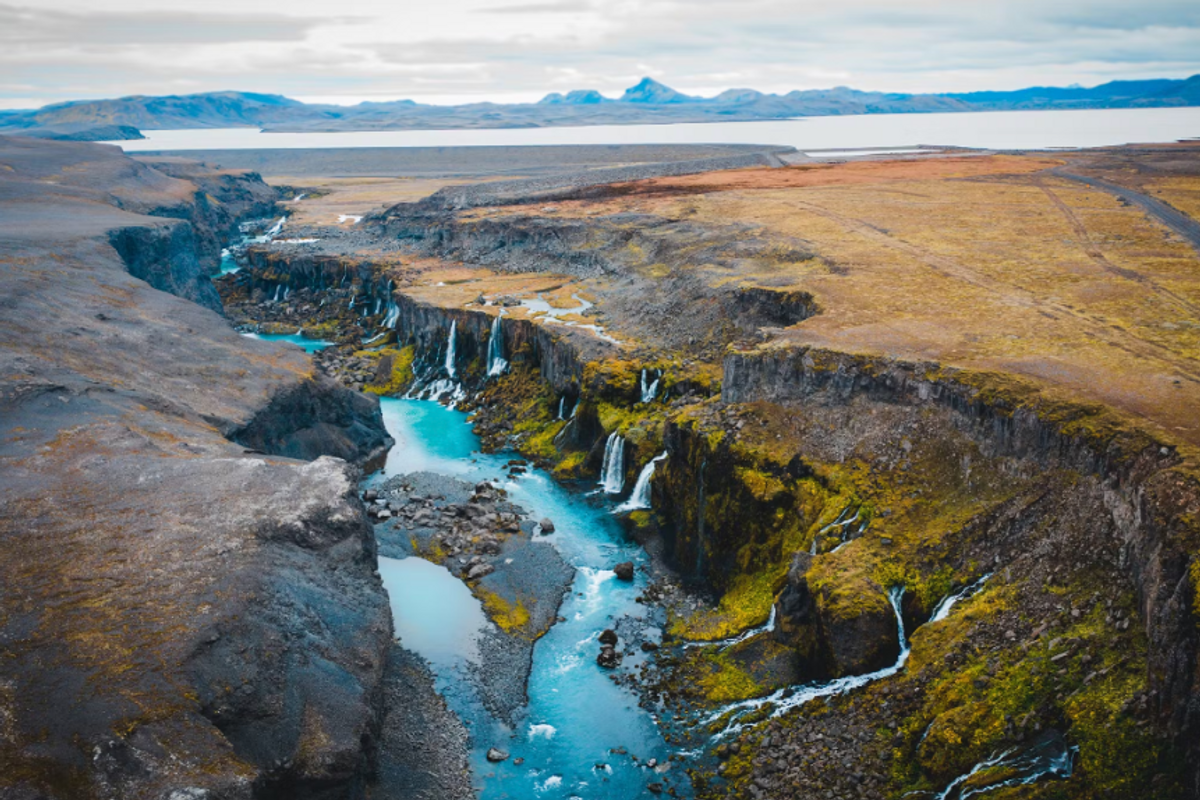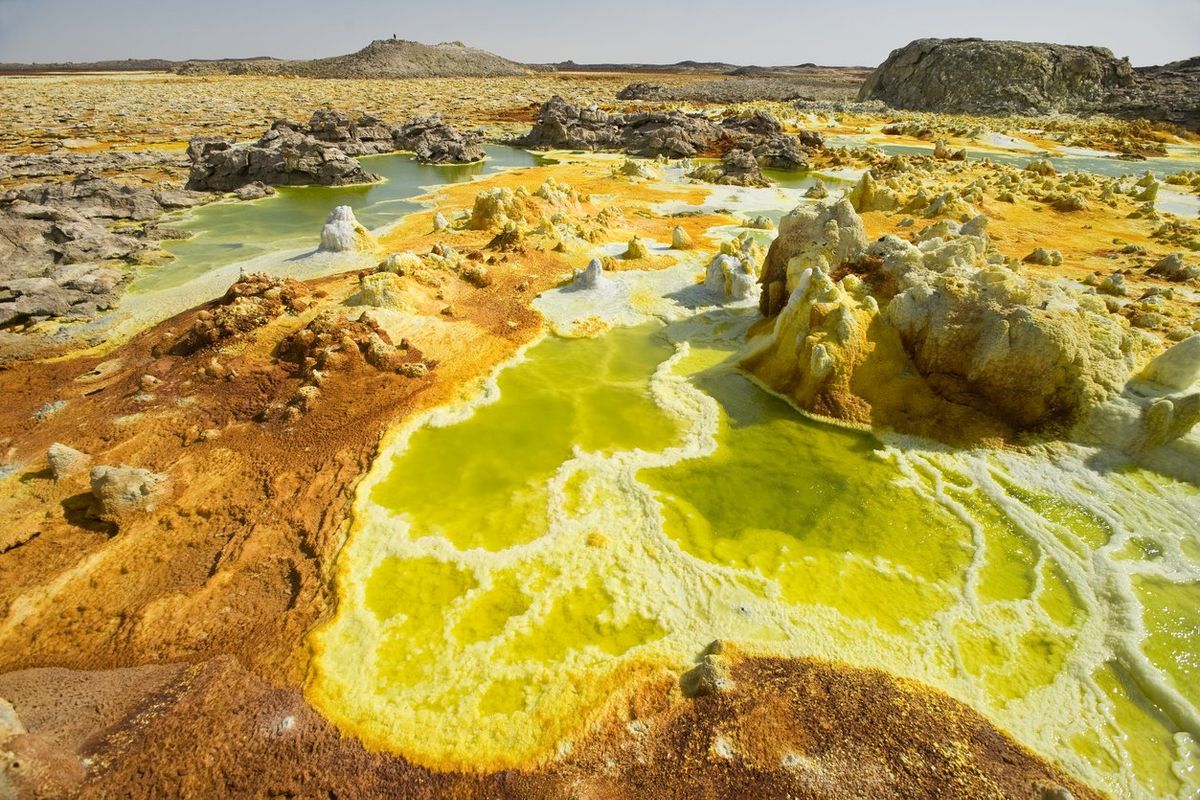after all.
From a young age, we’re taught that the world is made up of Africa, Antarctica, Asia, Oceania, Europe, North America, and South America, and yet, new research suggests that this isn’t, in fact, the case.
, posits that we actually only have six continents.
This extraordinary claim is the result of detailed research into the geological processes behind the breakup of Europe and North America, and into how these landmasses have evolved over time.
that his team’s findings indicate that “the North America and Eurasian tectonic plates have not yet actually broken apart, as is traditionally thought to have happened 52 million years ago.”
Instead, he said, these plates are continuing to stretch and so are still in the process of breaking apart, rather than being wholly separate entities.
In other words, North America and Europe could be considered a single continent, rather than two distinct ones.

The study focuses on the volcanic island of Iceland, which was previously understood to have formed around 60 million years ago as a result of the mid-Atlantic ridge.
notes.
However, by carefully analysing tectonic movements across the African continent, Phethean and his colleagues have challenged this theory and put forward a radical new idea.
They argue that Iceland, along with the Greenland Iceland Faroes Ridge (GIFR), contains geological fragments from both European and North American tectonic plates.
This, they say, suggests that these regions are not isolated landforms, as previously thought: they are interconnected pieces of a larger continental structure.
The scientists have even coined the term “Rifted Oceanic Magmatic Plateau” (ROMP) to describe this new geological feature, which could have fundamental implications for how we perceive the formation and separation of Earth’s continents.
.
This, he says, is because he and his colleagues have uncovered “fragments of lost continent submerged beneath the sea and kilometres of thin lava flows.”

Furthermore, the researchers have found striking similarities between Iceland and Africa’s volcanic Afar region.
And if their study proves accurate, this would mean that the European and North American continents are still in the process of breaking apart and are, therefore, still linked.
Phethean acknowledges that his team’s findings will raise some eyebrows, but he insists they are grounded in meticulous research.
“It is controversial to suggest that the GIFR contains a large amount of continental crust within it and that the European and North American tectonic plates have perhaps not yet officially broken up,” he admitted, while stressing that his work supports these hypotheses.
Nevertheless, the research is still in its conceptual phase and the team aims to conduct further tests on Iceland’s volcanic rocks to obtain more concrete evidence of an ancient continental crust.
They are also employing computer simulations and plate tectonic modelling to better understand how the ROMP is formed.
nestled between Canada and Greenland.
This primitive landmass is about the size of England and sits below the Davis Straight, just off Baffin Island.
Phethean noted that “rifting and microcontinent formation are ongoing phenomena” which help scientists better understand the behaviour of continents and plate tectonics.
Such knowledge can help experts predict how our planet might look in the distant future and help locate where useful resources may be found.
This article was originally published on August 7, 2024
Sign up for our free Vivid Bulletinweekly newsletter
How to join the Vivid Bulletin's free WhatsApp channel
Have your say in our news democracy. Join the conversation about this article in the Comments./em>

Post a Comment
0Comments